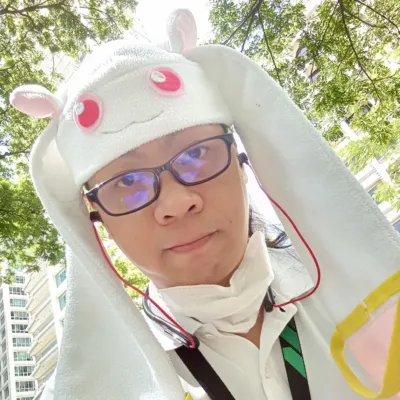Trigger (트리거): An Emotional Firepower

Netflix's «Trigger» («트리거») is a powerful and emotionally charged Kdrama. It plunges the viewer into the dangers of gun violence, clearly aligned with the anti-gun perspective. But while the drama is hard-edged, it also feels one-sided—warning without room for complexity, painting humanity in stark black and white.
From my vantage point in the Philippines—a nation with both legal gun ownership and active enforcement—«Trigger» («트리거») comes off as a closed monologue, not a dialogue. It speaks loud but misses the important points of the debate.
🇵🇭 The Philippine Model: Licensed, Regulated, Enforced
In the Philippines, civilian gun ownership is allowed—but only under strict licensing, background and psychological evaluations, mandatory training, renewal processes, and active enforcement. Recent data shows around 10,936 gun-related incidents between 2022–2024, with 5,172 cases in 2022, 4,956 in 2023, and 808 so far in early 2024, with a population of 110 million.
Total gun deaths in the Philippines stood at about 9,268 in 2025, ranking it 7th globally in total firearms deaths—but per capita, its death rate is around 8 per 100,000 people (≈ 0.008%). That is lower than many Latin American countries. Yet mass shootings—like those devastating attacks the US has suffered—are non-existent, thanks to cultural restraints and responsibilities in Philippine society—often referred to as "hiyâ" (shame), which discourages acts that dishonour their family and their community.
Contrasts from the Extremes
🇺🇲 United States
- Gun ownership: roughly 120 firearms per 100 people
- Firearm deaths: about 11 per 100,000 (~0.011%)
- Mass shootings: frequent, often high-fatality events
🇰🇷 South Korea
- Gun death rate: around 0.05 per 100,000 (~0.00005%)
- Civilian ownership: virtually none; sporting firearms stored at police stations; strong penalties for violations
🇬🇧 United Kingdom
- Gun death rate: ~0.26 per 100,000 (~0.00026%)
- Strict ban & enforcement, but illicit firearms still circulate underground
Balancing the Landscape
| Country | Firearm Deaths per 100K | Ownership Model | Mass Shootings | Notes |
|---|---|---|---|---|
| Philippines | ~8 (0.008%) | Licensed, regulated, enforced | Extremely rare | Cultural checks (hiyâ), background vetting |
| United States | ~11 (0.011%) | Permissive, minimal federal control | Frequent | High suicides and homicides, mass violence |
| South Korea | ~0.05 (0.00005%) | Near-total prohibition | Almost none | No legal middle, possible hidden guns |
| United Kingdom | ~0.26 (0.00026%) | Strict ban & enforcement | Very rare | Underground illegal guns still exist |
«Trigger» («트리거») Does Not Offer a Middle Ground to the Debate
«Trigger» («트리거») presents the horror of gun violence with cinematic precision—but it does not acknowledge our middle path. It portrays gun ownership as inherently corrupt, without recognising that responsible regulation, when paired with cultural values and enforcement, can save lives rather than cost them.
In the Philippines, despite having thousands of guns, we do not live in fear of random school massacres, revenge shootings, or indiscriminate public carnage. We do have gun-related crime—but proportionally, considering population, it is not catastrophic. Our system emphasises control, renewal, education, and community accountability. Our tragedies are usually political or clan-based in nature—extremely rarely the kind of mass-target violence that fuels global anti-gun panic.
«Trigger» («트리거») warns of a world without control—but it does not offer hope. It scares—but it does not suggest there is another way. Meanwhile, here in our islands, we live that balance every day: neither extremes nor ideology, but structure, culture, and conscience.
- Image: Trigger (트리거), a 2025 Kdrama from Netflix was used under the fair use principle.